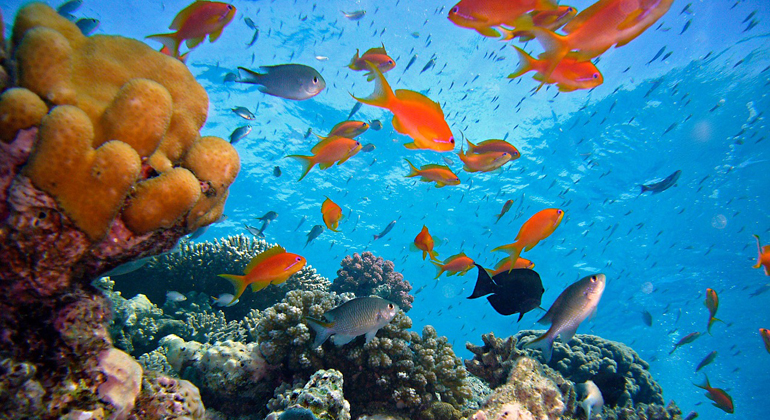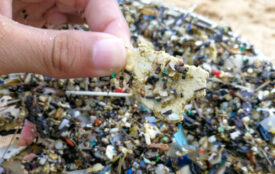Climate change could become the most important driver of biodiversity loss by mid-century
Whereas global biodiversity has declined between 2 and 11 percent during the 20th century due to land-use change alone, climate change could become the main driver of biodiversity decline by the mid-21st century. That is the result of the largest modelling study of its kind by more than 50 scientists from over 40 institutions now published in the journal Science. The study was led by the German Centre for Integrative Biodiversity Research (iDiv), with contribution of the Potsdam Institute for Climate Impact Research (PIK).
The study is the first model inter-comparison of projections of biodiversity and ecosystem services. It uses a set of land-use and climate change reconstructions from 1900 to 2015, and three future scenarios from 2015 to 2050. For the latter the researchers assessed three widely-used scenarios – from a sustainable development to a high emissions scenario. Climate change stands to put additional strain on biodiversity and ecosystem services, according to the findings. For all scenarios, the impacts of land-use change and climate change combined result in biodiversity loss in all world regions.
“Current policies are insufficient to meet international biodiversity goals”, says Alexander Popp, PIK scientist, Professor for Sustainable Land Use and Climate Mitigation at University of Kassel and co-author of the study. “Much stronger efforts are needed to mitigate human-caused biodiversity loss, one of the largest problems the world is facing.”








